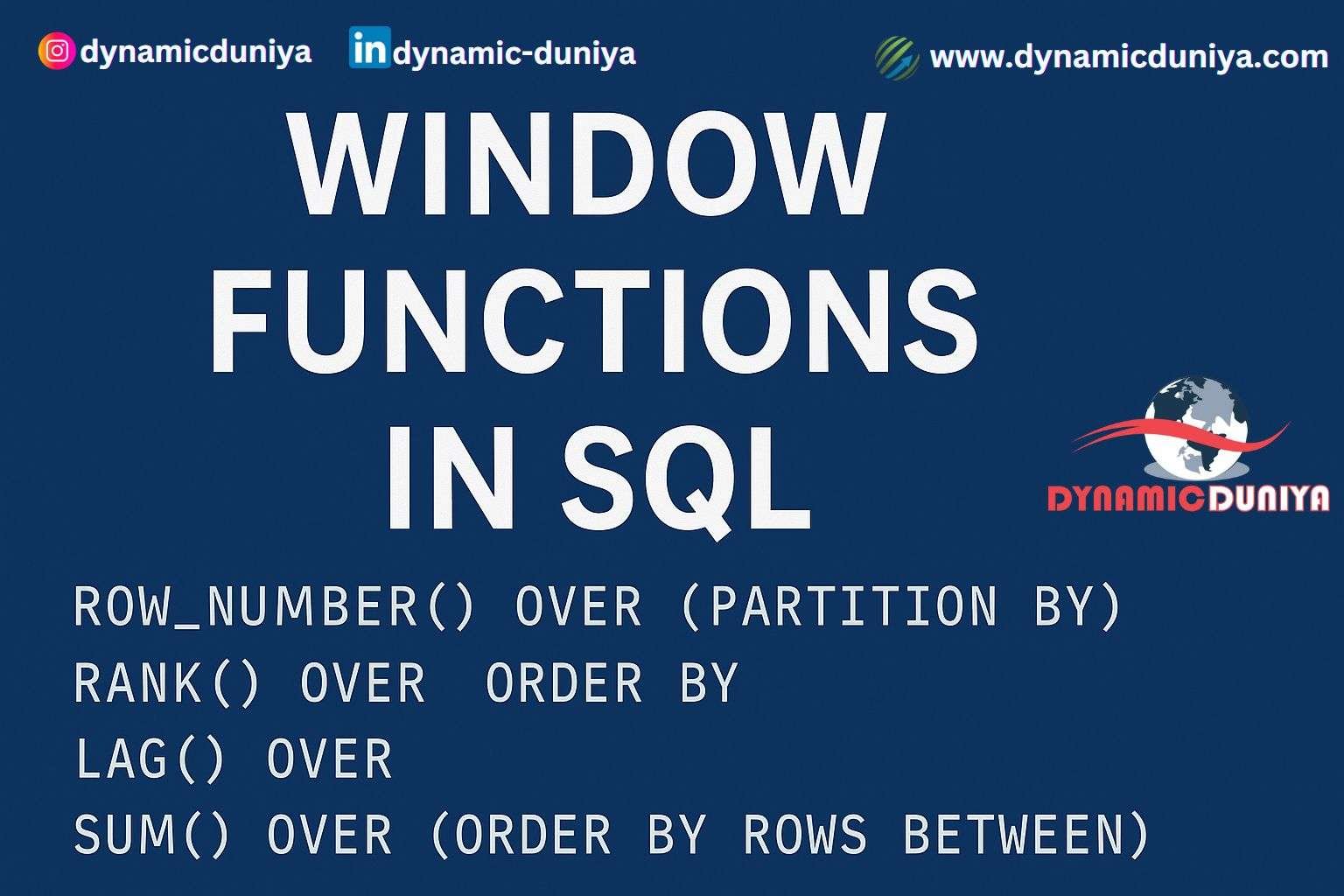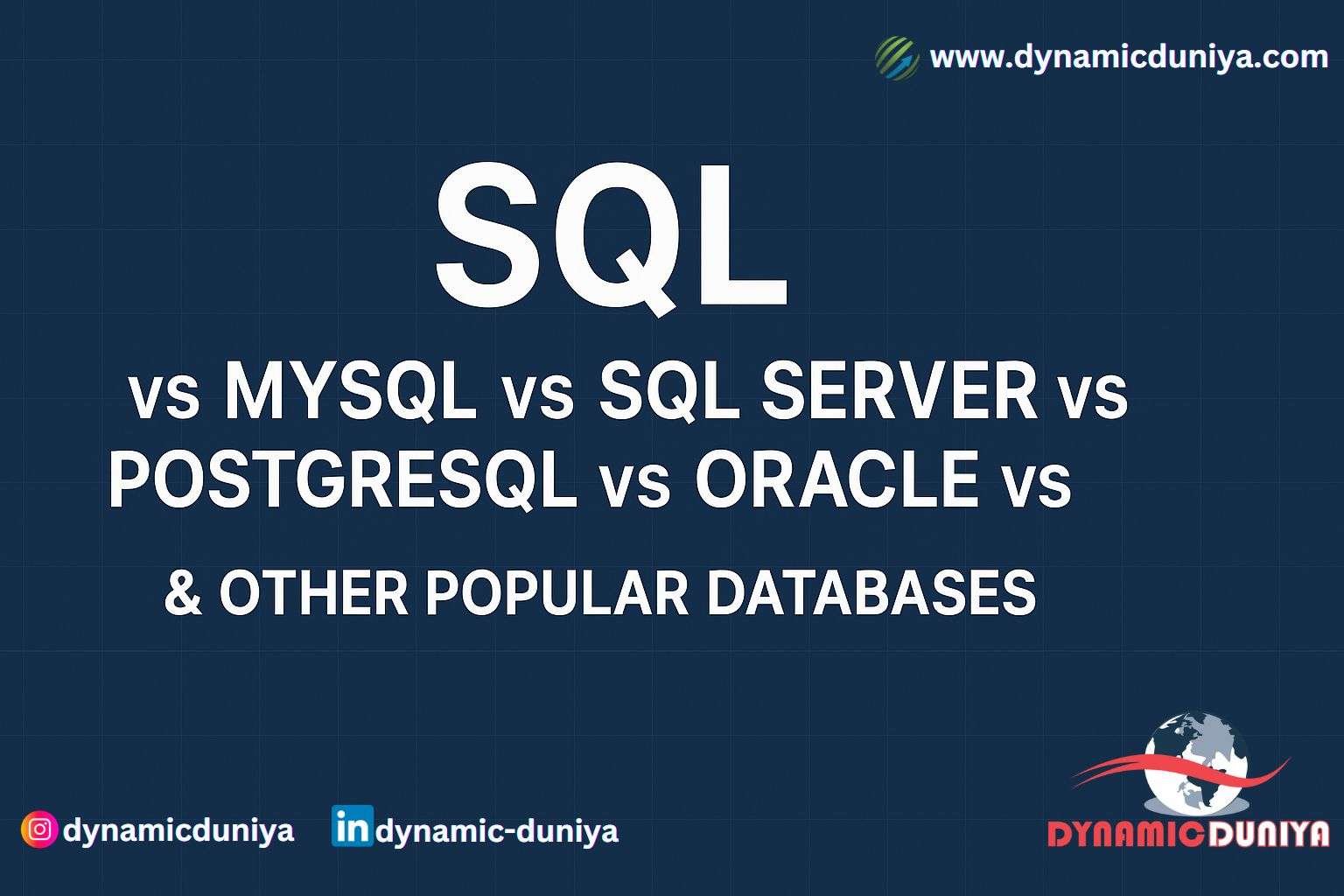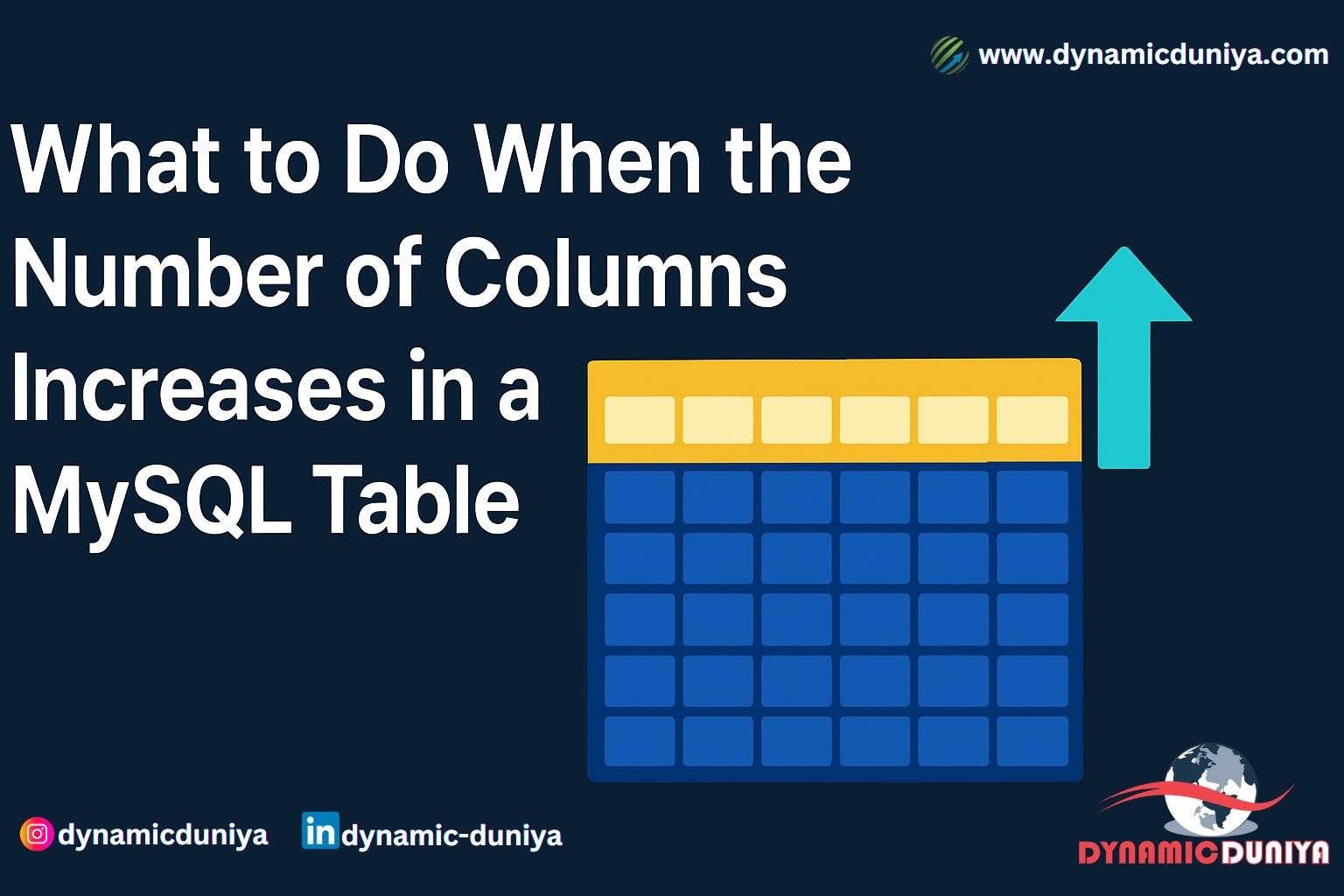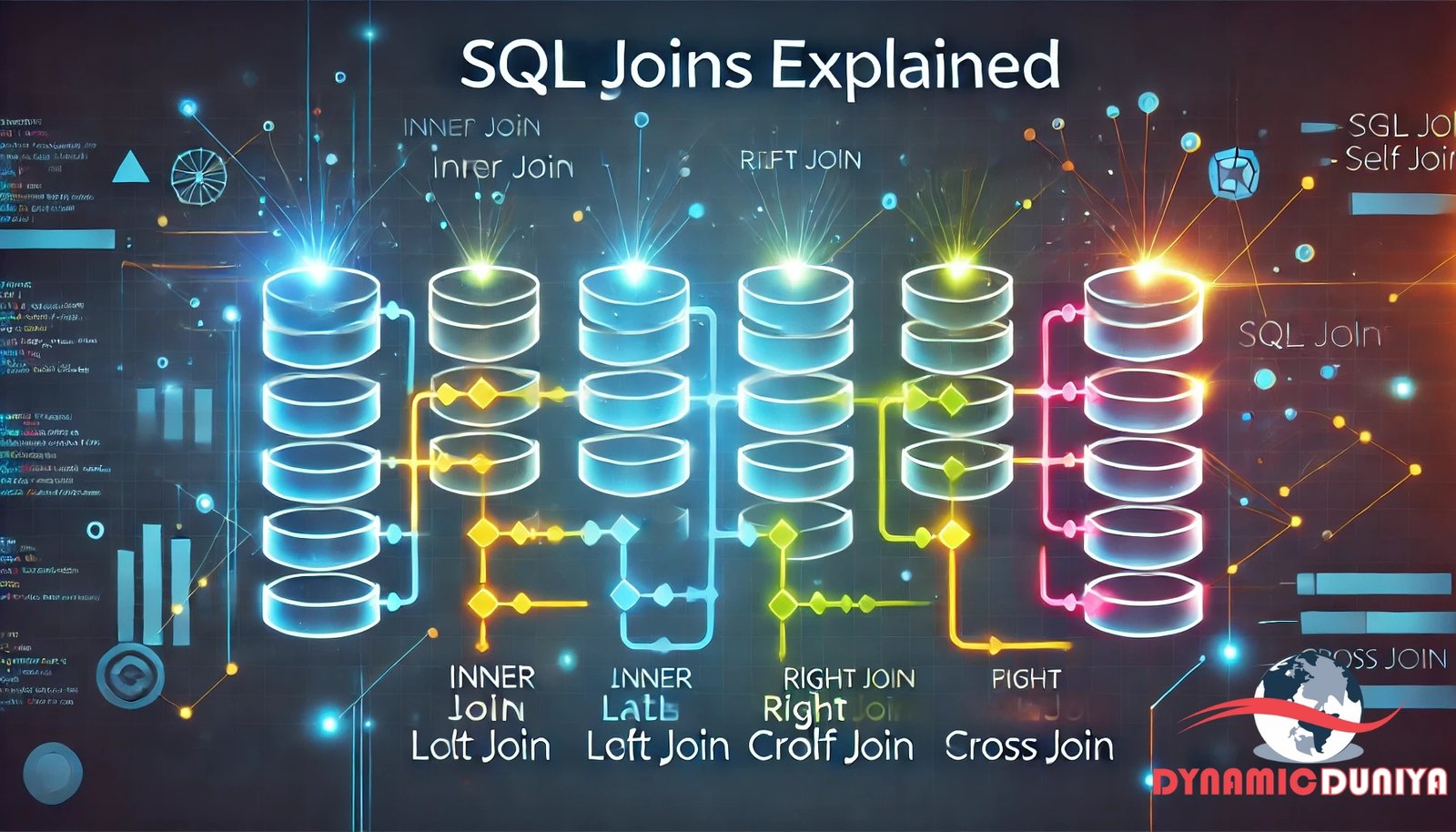Understanding Data Lake, Data Warehouse, Data Mart, and Data Lakehouse – And Why We Need Them

In today’s data-driven world, businesses are generating and analyzing more data than ever before. But traditional relational databases, which were once sufficient, are no longer enough to handle modern demands like real-time analytics, machine learning, or unstructured data processing.
To solve these challenges, modern data architectures emerged: Data Lake, Data Warehouse, Data Mart, and the hybrid Data Lakehouse. Each serves a specific role, and understanding their differences is key to designing efficient data systems.
Why Not Just Use a Database?
Traditional transactional databases (like MySQL, PostgreSQL, or Oracle) are optimized for real-time operations, such as user logins or order processing. They work well for small to mid-sized applications.
However, as data grows in volume, variety, and complexity, simple databases fall short due to:
- Poor performance with analytical queries
- Inability to scale for big data
- Lack of support for unstructured or semi-structured data
- Difficulty integrating data from multiple sources
- High costs of real-time processing at scale
This is where specialized data platforms come into play, each solving specific problems databases can't handle effectively.
Hierarchical View: How These Components Fit Together
Think of these platforms in a hierarchical architecture that flows from raw data to refined insights:
- Data Lake – Raw, unstructured, and semi-structured data (foundation layer)
- Data Lakehouse – Combines raw flexibility and structured analysis
- Data Warehouse – Cleaned, structured, and integrated data for business reporting
- Data Mart – Department-specific slices of the warehouse (top layer)
1. Data Lake
A Data Lake is a large, centralized repository that stores raw data in its native format. It supports a wide range of data types, including:
- Structured (CSV, relational data)
- Semi-structured (JSON, XML)
- Unstructured (videos, audio, documents)
Why It's Needed:
- Ideal for capturing massive volumes of raw data
- Supports data science, machine learning, and big data analytics
- Scales easily at lower costs than traditional databases
Common Use Cases:
- Storing logs from applications
- Collecting IoT sensor data
- Preprocessing data before analytics
2. Data Lakehouse
The Data Lakehouse is a hybrid architecture that merges the low-cost, flexible nature of a data lake with the performance and structure of a data warehouse.
Why It's Needed:
- Traditional data lakes lacked ACID compliance and were difficult to use for BI tools
- Warehouses were too rigid and costly for modern, diverse data sources
- Lakehouses offer a unified platform for both business intelligence and AI
Key Benefits:
- ACID transactions on big data
- Schema enforcement and governance
- Real-time analytics with raw and processed data
Common Use Cases:
- Running BI dashboards and machine learning pipelines on the same platform
- Streaming analytics with structured and unstructured data
3. Data Warehouse
A Data Warehouse stores cleaned and structured data, optimized for analytics and reporting. It supports OLAP (Online Analytical Processing), which is used to analyze data across multiple dimensions.
Why It's Needed:
- Traditional databases aren’t designed for high-speed, multi-dimensional queries
- Warehouses offer optimized performance for decision-making tools
- Ensures data consistency, integrity, and historical accuracy
Common Use Cases:
- Financial reporting
- Executive dashboards
- Trend analysis over years
4. Data Mart
A Data Mart is a subset of a data warehouse designed for use by a specific department, such as sales, HR, or marketing.
Why It's Needed:
- Improves query performance for department-specific users
- Provides relevant data without exposing the entire warehouse
- Reduces cost and complexity of access
Common Use Cases:
- Sales performance analysis
- Marketing campaign ROI
- HR attrition and hiring reports
Side-by-Side Comparison
| Feature | Data Lake | Data Lakehouse | Data Warehouse | Data Mart |
|---|---|---|---|---|
| Data Type | All (raw, semi-structured, unstructured) | All types, with structure | Structured (cleaned, integrated) | Structured (subset) |
| Purpose | Store everything | Unified analytics | Business intelligence | Departmental analytics |
| Users | Data engineers, scientists | Analysts, engineers | BI analysts, executives | Team-level users |
| Performance | Low (needs processing) | Medium to High | High | Very High (focused queries) |
| Cost | Low | Medium | High | Low |
| Flexibility | Very High | High | Medium | Low |
Conclusion
While a traditional database can support operational tasks, it cannot handle the scale, diversity, and analytical complexity of modern data needs.
That’s why organizations today implement a layered data architecture:
- Use Data Lakes to store everything at scale.
- Use Data Lakehouses to bridge raw and structured analysis.
- Use Data Warehouses to power consistent, reliable reporting.
- Use Data Marts to deliver focused data to specific departments.
Understanding where and why each of these platforms fits into your data strategy is essential for building scalable, future-ready systems.
Random Blogs
- The Ultimate Guide to Starting a Career in Computer Vision
- How to Install Tableau and Power BI on Ubuntu Using VirtualBox
- Types of Numbers in Python
- Mastering SQL in 2025: A Complete Roadmap for Beginners
- 10 Awesome Data Science Blogs To Check Out
- Loan Default Prediction Project Using Machine Learning
- Navigating AI Careers in 2025: Data Science, Machine Learning, Deep Learning, and More
- Transforming Logistics: The Power of AI in Supply Chain Management
- String Operations in Python
- AI is Replacing Search Engines: The Future of Online Search
Prepare for Interview
- JavaScript Interview Questions for 5+ Years Experience
- JavaScript Interview Questions for 2–5 Years Experience
- JavaScript Interview Questions for 1–2 Years Experience
- JavaScript Interview Questions for 0–1 Year Experience
- JavaScript Interview Questions For Fresher
- SQL Interview Questions for 5+ Years Experience
- SQL Interview Questions for 2–5 Years Experience
- SQL Interview Questions for 1–2 Years Experience
- SQL Interview Questions for 0–1 Year Experience
- SQL Interview Questions for Freshers
- Design Patterns in Python
Datasets for Machine Learning
- Awesome-ChatGPT-Prompts
- Amazon Product Reviews Dataset
- Ozone Level Detection Dataset
- Bank Transaction Fraud Detection
- YouTube Trending Video Dataset (updated daily)
- Covid-19 Case Surveillance Public Use Dataset
- US Election 2020
- Forest Fires Dataset
- Mobile Robots Dataset
- Safety Helmet Detection
- All Space Missions from 1957
- OSIC Pulmonary Fibrosis Progression Dataset
- Wine Quality Dataset
- Google Audio Dataset
- Iris flower dataset
- Artificial Characters Dataset
- Bitcoin Heist Ransomware Address Dataset






